Windsor Castle is the oldest and largest occupied castle in the world. The Castle was chosen for the wedding of Prince Harry and Meghan Markle (May 19, 2018); it was there also that Queen Elizabeth celebrated her 90th birthday.
It is open to visitors all year round. Founded by Guilherme, the Conquistador, almost a thousand years in the 11th century, was once the home of 39 monarchs. Windsor Castle is one of the favorites of the British royal family and even today the Queen spends most of her private weekends at the castle. Windsor Castle can get busy in the mornings, we recommend visiting after noon to avoid queuing and for a better visitor experience. Check prices and more information.
Around the Castle we have beautiful gardens and inside the Chapel of St George which is a great example of Gothic architecture, highlighting the tomb of Henry VIII.
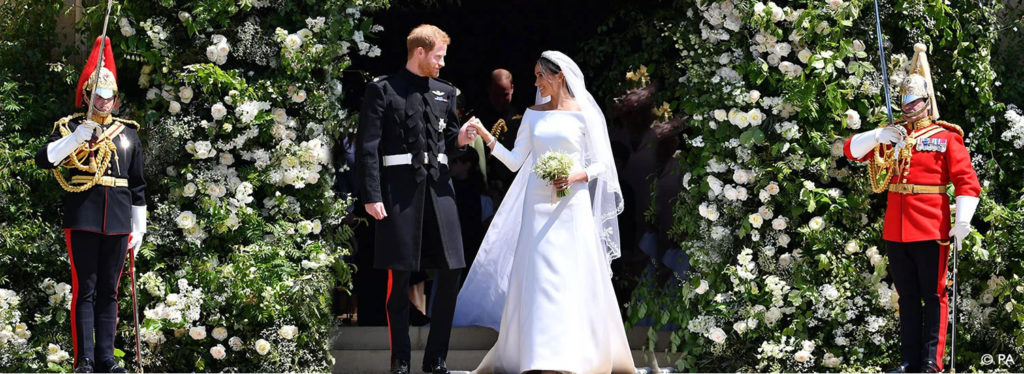
The Origin of Windsor Castle
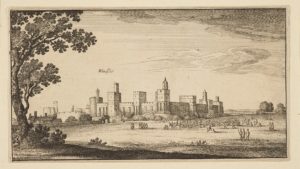 The Castle took 16 years to first stage be built. Around 1070, William the Conqueror chose a plot of land above the River Tamis and next to a hunting ground to build it, initially for protection of the city of London and was strategically practically a day of cavalcade from the center. In 1110 the Castle already possessed some lodgings and was Henry II that in the end of century XII who constructed two real residential groups inside the fort. Until then the Castle was made of wood and from this date began to be replaced by stones. Henry III transformed Windsor into a Gothic palace in a process of £ 50,000, one of the largest investments in history.
The Castle took 16 years to first stage be built. Around 1070, William the Conqueror chose a plot of land above the River Tamis and next to a hunting ground to build it, initially for protection of the city of London and was strategically practically a day of cavalcade from the center. In 1110 the Castle already possessed some lodgings and was Henry II that in the end of century XII who constructed two real residential groups inside the fort. Until then the Castle was made of wood and from this date began to be replaced by stones. Henry III transformed Windsor into a Gothic palace in a process of £ 50,000, one of the largest investments in history.
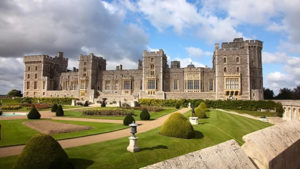 In early 1570 when Elizabeth lived in Windsor many renovations and improvements were made and a royal library was incorporated into the castle. In 1820 George IV raised the height of the round tower and added towers and battlements, to make the castle more imposing and built the House of Waterloo, celebrating the defeat of Napoleon Bonaparte in 1815, and the prolonged Hall of St. George.
In early 1570 when Elizabeth lived in Windsor many renovations and improvements were made and a royal library was incorporated into the castle. In 1820 George IV raised the height of the round tower and added towers and battlements, to make the castle more imposing and built the House of Waterloo, celebrating the defeat of Napoleon Bonaparte in 1815, and the prolonged Hall of St. George.
On November 20, 1992, there was a fire in the private chapel of Queen Victoria. The fire quickly took over the roof spaces, destroying the ceilings of St George’s Hall and the Grand Reception Room and eviscerating the private chapel, the State Dining Room and the Crimson Drawing Room.
B: Ala Superior
C: Apartamentos de Estado
D: Apartamentos Privados
E: Ala Sul
F: Ala Inferior
G: Capela de São Jorge
H: Claustro da Ferradura
K: Portão de Henrique VIII
L: Longo Passeio
M: Portão Normando
N: Terraço Norte
O: Torre de Eduardo III
T: Torre de Recolher
Windsor Castle Architecture
The Castle Architecture in its basic essence is a Victorian and Georgian design and based on a medieval structure however the castle has several Gothic features that have been reinvented in a modern style. In a land of five hectares, it combines characteristics of fortification, palace and a small town.
The architect Sir William Whitfield says that the architecture of Windsor Castle has “a certain fictional figure,” with the picturesque and gothic designs with modern styles give a sense of a theatrical scenery.
The central wing of the castle (green area A) has a large hall and the Round Tower (A). The hall is about 15 meters high and made in Giz. The Round Tower is over 30 meters above and is based on the original fortification of the twelfth century.
The upper wing of Windsor Castle (B) is formed by several large buildings surrounded by the wall forming a central quadrilateral with the southwest side being occupied by the Tower of Edward III and in the south by the royal apartments of George IV. in the direction of Round Tower forms the west corner of the wing and a bronze statue of Carlos II on horseback stands on this side.
The State Apartments form the greater part of the Superior Wing to the north side of the quadrangle. The modern building follows the medieval foundations laid by Edward III, with the ground floor being formed by basements and chambers and the grandest first floor forming the main part of the palace.
The Lower Wing is below and to the west of the Round Tower, with access through the Norman Gate. Originally part of medieval design was renovated in the middle of the Victorian period by Anthony Salvin and Edward Blore with the intention of forming “a consistently Gothic composition”.
Windsor Castle these days
Windsor Castle is a functioning royal palace and is used for state occasions and ceremonials, including official visits of Heads of State from abroad. St George’s Hall is a spectacular setting for a Banquet when a table with 160 guests is decorated with royal gold porcelain and silver.
The queen spends most of her private weekends at the Castle and passes the morrow officially for a month during Easter, known as “Easter Court.” The Queen is also in Windsor for a week in June when she attends Royal Ascot and the Order of the Garter service in St. George’s Chapel.
The Chapel of St. George within the Castle is the spiritual home of the Order of the Garter, founded in Windsor by Edward III in 1348. The Garter Knights attend an Annual Thanksgiving Service in the Chapel with their robes and original insignia. Today, the Order includes the Queen, who is Sovereign and several members of the Royal Family and 24 knights chosen in recognition of their work. The São Jorge Chapel continues to be an active center of worship, with daily services open to all.
What are you going to see in the castle?
Waterloo Chamber
George IV gave the Apartments a new entrance and staircase, added the colossal Waterloo Chamber, celebrating the defeat of Napoleon Bonaparte in 1815.
Crimson Drawing Room
George IV had a love for fine objects and a taste for theatrical. With its architect, Sir Jeffry Wyatville, he completely remodeled the exterior of the castle during the 1820s, giving it the romantic and picturesque appearance today. He also decided to create the Semi-State Rooms, a new set of private rooms on the sunniest and southern sides of the Castle, including the magnificent Crimson Drawing Room. This was the last and largest commission of George IV, and one of the most elaborate and expensive interior decoration schemes ever made in England.
The Changing of the Guard
The Royal Guard Exchange is a colorful and spectacular spectacle and has a military purpose. The ceremony takes place to allow the delivery of tasks between two groups of guards. The privilege of guarding the monarch traditionally belongs to Household Troops, better known as ‘the guards’, who have served this duty since 1660.
When can I attend the ceremony?
The ceremony usually takes place at 11:00 on Tuesdays, Thursdays and Saturdays, but the timetable may change, check the British Army website for more details. The guards march through the city of Windsor to the castle, where the changing of the guard takes place. To watch the full ceremony inside the Castle, you will need to buy a ticket.

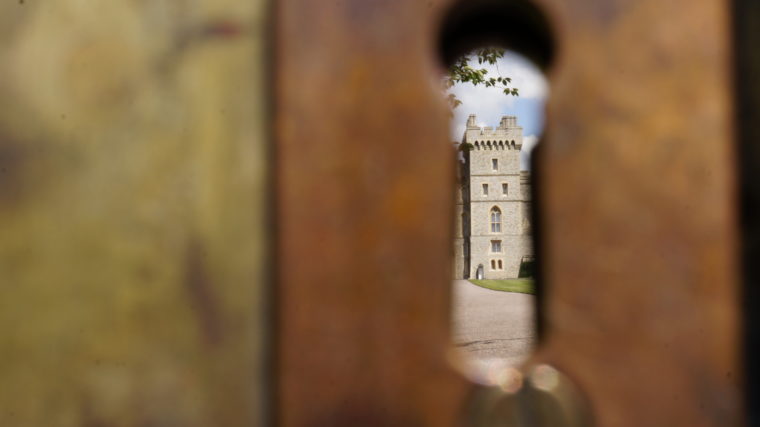
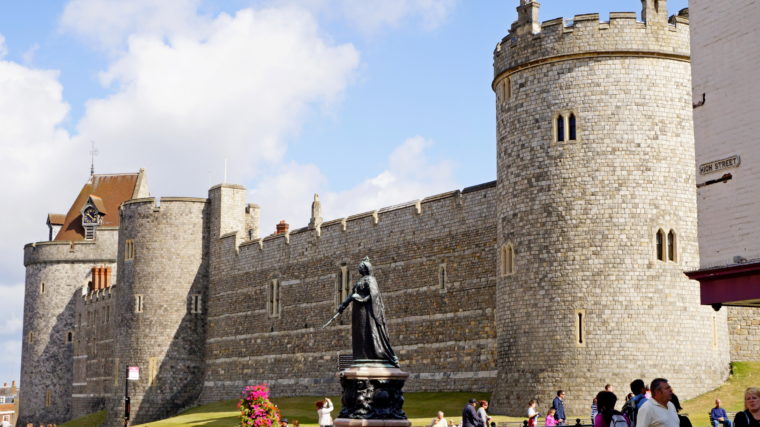
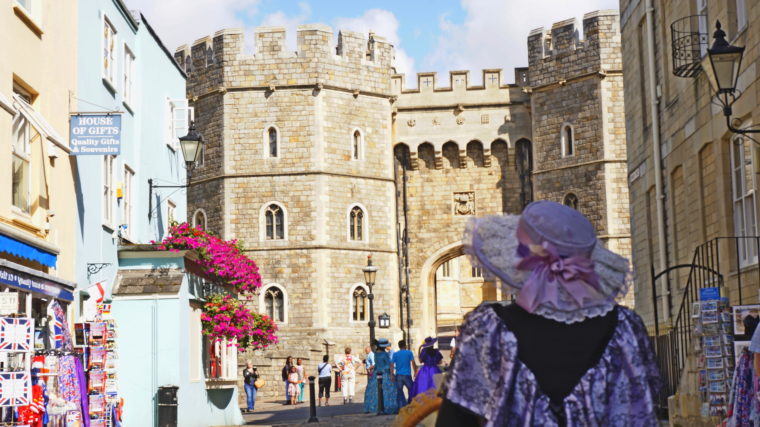
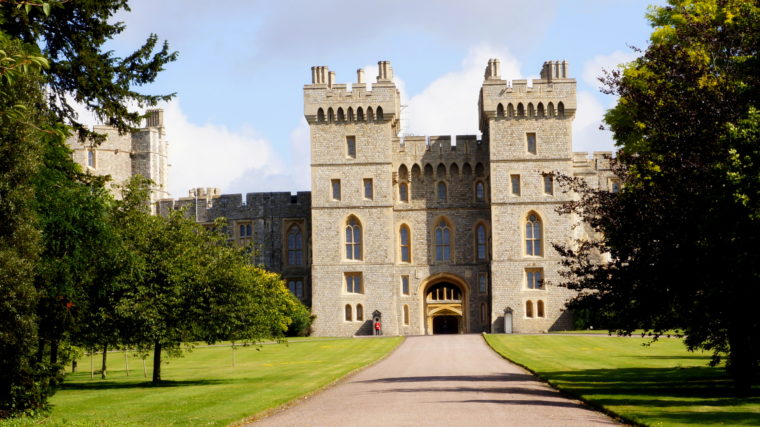
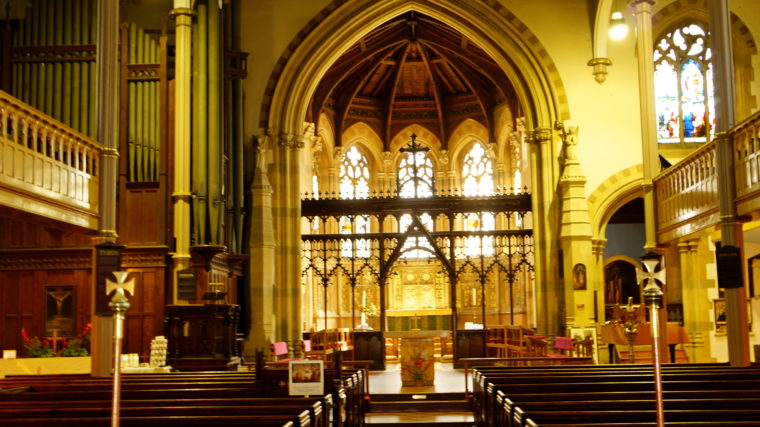
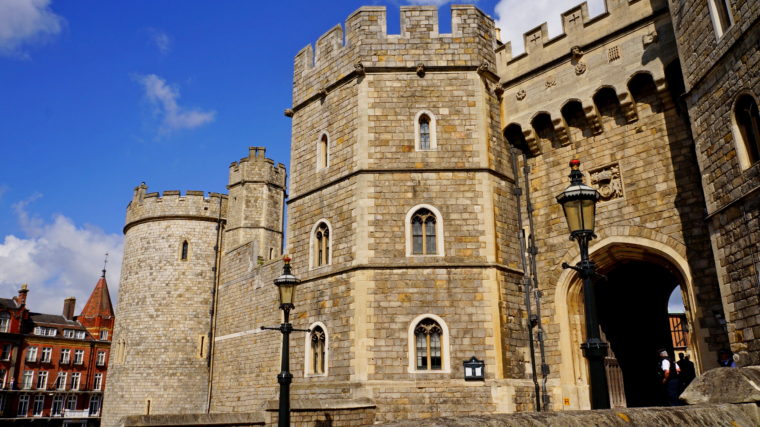
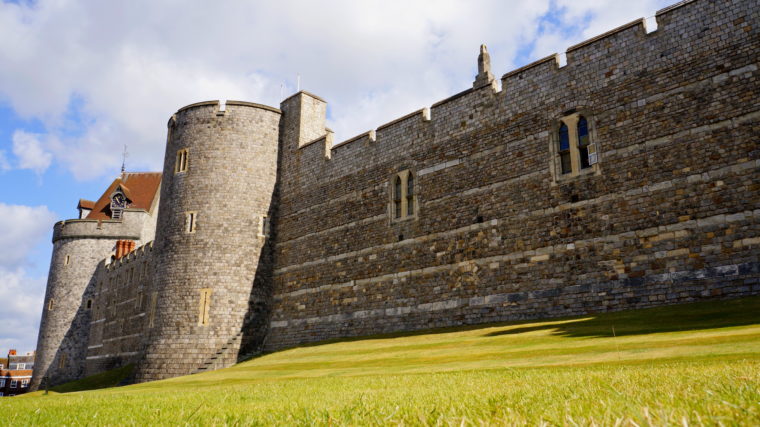
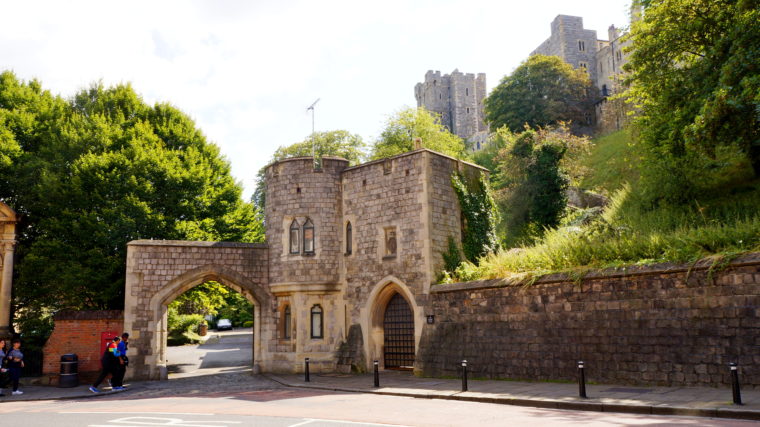
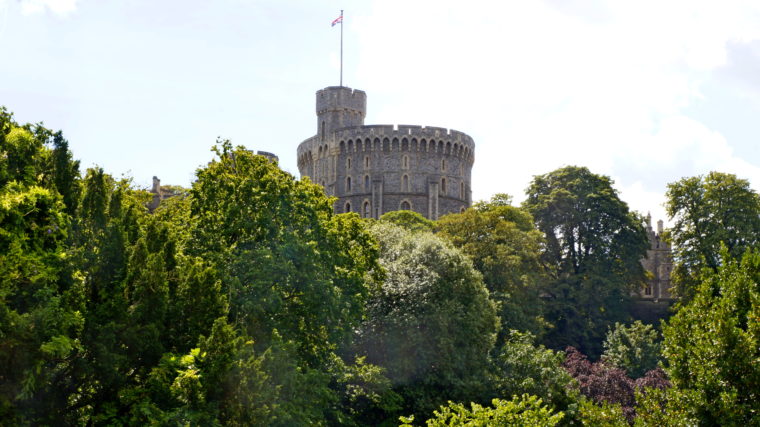
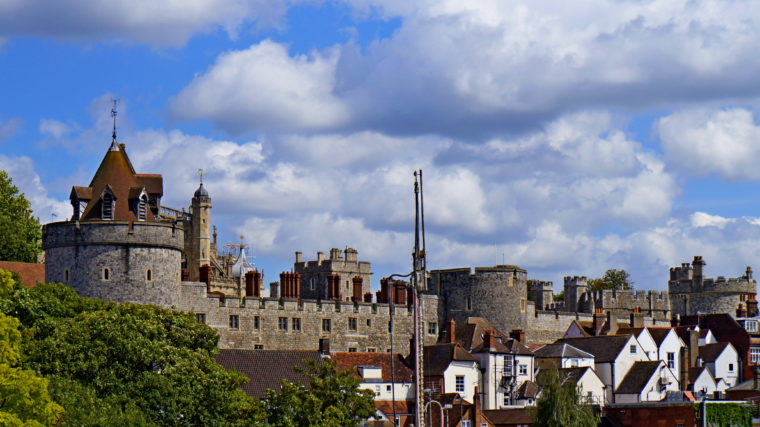
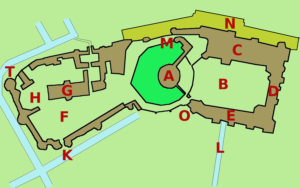
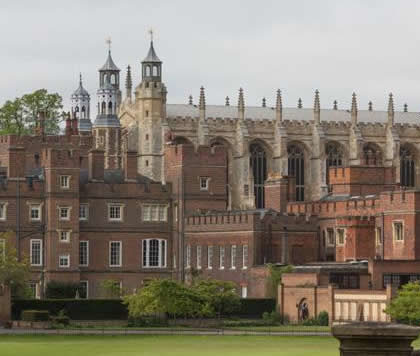
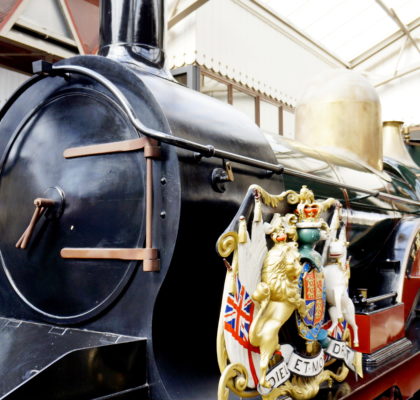
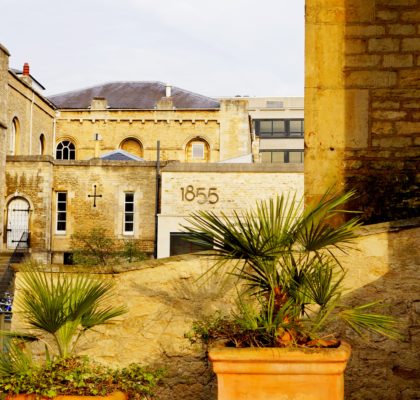
Pingback: Estação de Trem de Windsor ⋆ Viajario
Pingback: Eton College ⋆ Viajario
Pingback: A incrivel visita ao Buckingham Palace em Londres ⋆ Viajario